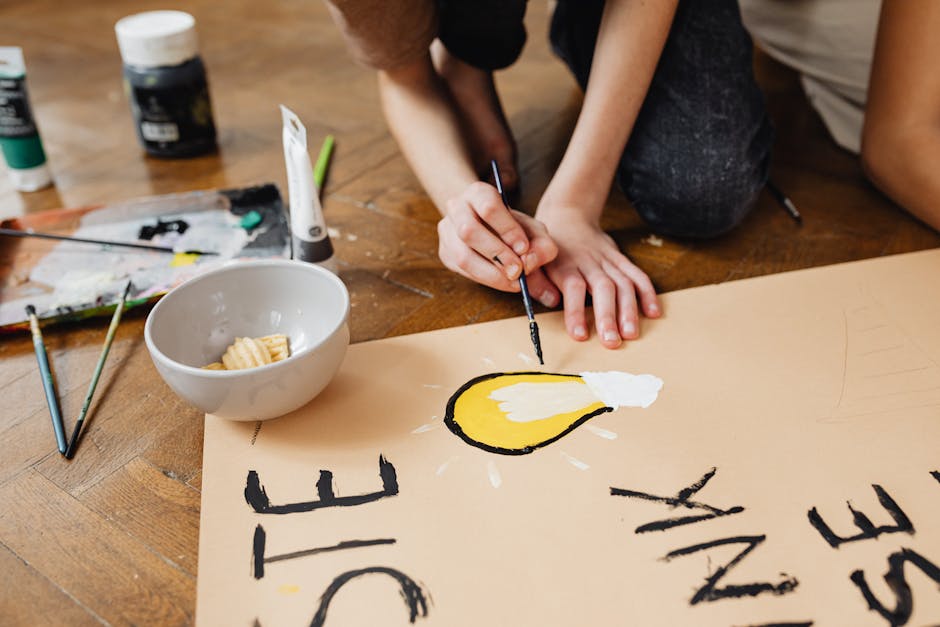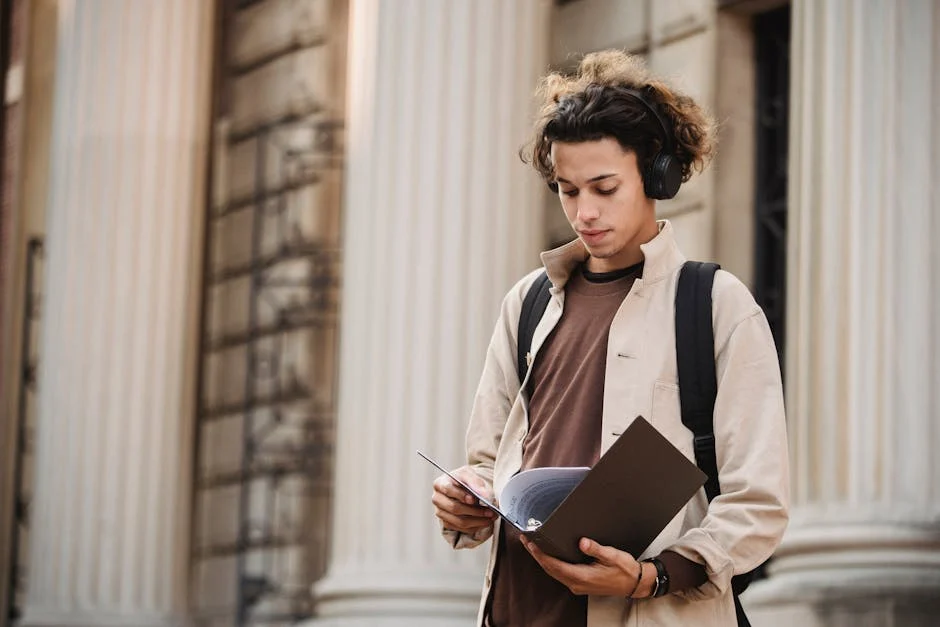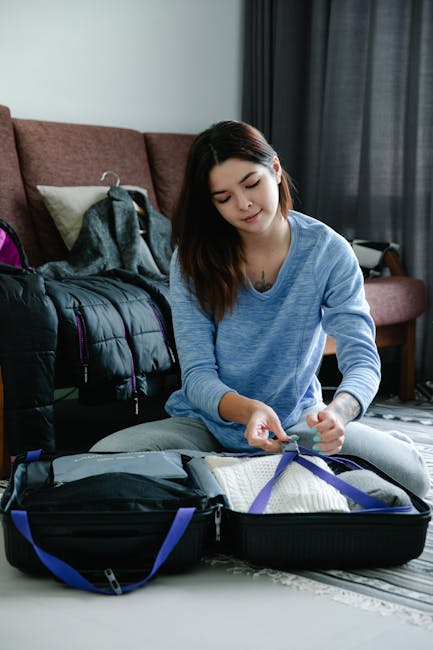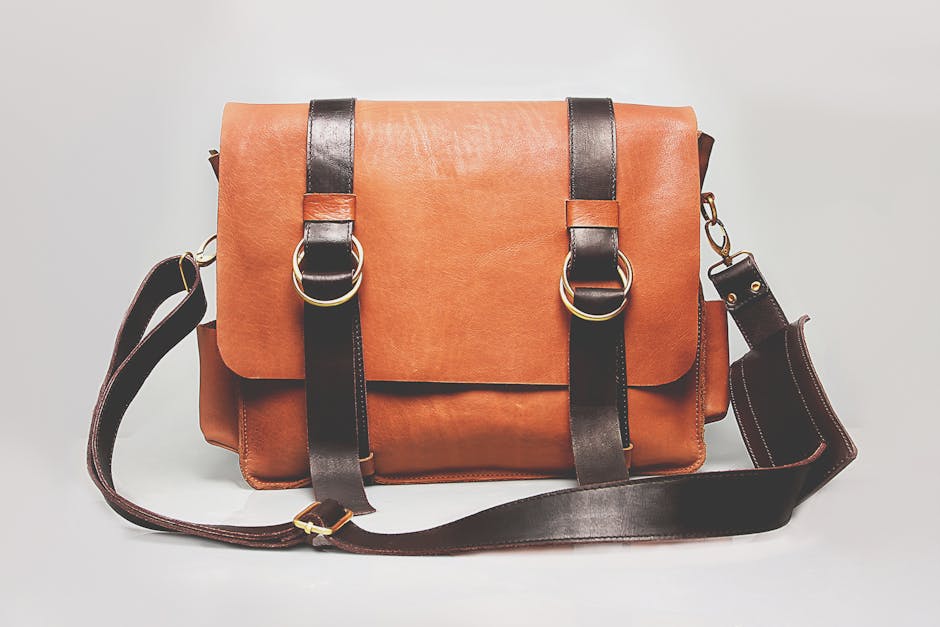How to Use Upcycling to Teach Kids About Sustainability and Creativity
Introduction
In a world increasingly aware of its environmental impact, teaching children about sustainability is more important than ever. One fantastic method that combines education with fun and creativity is upcycling. Upcycling, the process of transforming waste materials into new products of higher value, offers a tangible way for kids to understand resourcefulness, reduce waste, and explore their artistic talents. This article will guide you through how to effectively use upcycling projects to teach children about sustainability and foster their creative potential.
Upcycling: A Powerful Tool for Education
What is Upcycling and Why is it Important for Kids?
Upcycling goes beyond simply recycling. It involves taking something considered waste and giving it a new lease on life, often in a more functional or beautiful form. For kids, this is particularly important because:
- It Illustrates the Value of Resources: Upcycling shows that materials don’t need to be discarded after one use.
- It Fosters Creativity and Problem-Solving: Kids need to think outside the box to repurpose materials.
- It Teaches Environmental Responsibility: They learn about reducing landfill waste and conserving resources.
- It Provides Hands-On Learning: Upcycling is an interactive and engaging way to learn about sustainability.
- It’s Budget-Friendly: Upcycling projects are often inexpensive, using materials you already have.
Choosing the Right Upcycling Projects
The key to successful upcycling with kids is selecting projects that are age-appropriate, engaging, and achievable. Consider the following factors:
- Age and Skill Level: Choose projects that match your child’s abilities and interests. Younger children may need more assistance with cutting and gluing, while older children can handle more complex tasks.
- Safety: Always supervise children, especially when using sharp objects like scissors or knives.
- Availability of Materials: Start with materials readily available in your home, such as cardboard boxes, plastic bottles, and old clothing.
- Interest and Engagement: Select projects that align with your child’s interests, whether it’s art, building, or creating functional objects.
Upcycling Project Ideas for Kids
Cardboard Creations
Cardboard is a versatile material that can be used to create a wide range of projects. Ideas include:
- Cardboard Box Forts: Let kids transform large cardboard boxes into imaginative play spaces.
- Cardboard Tube Animals: Paint and decorate toilet paper or paper towel tubes to create adorable animal figures.
- Cardboard City: Build a miniature city using cardboard boxes of various sizes.
- Cardboard Picture Frames: Decorate small squares of cardboard to hold drawings or photos.
Plastic Bottle Transformations
Plastic bottles are another abundant resource that can be upcycled into useful and decorative items:
- Plastic Bottle Planters: Cut plastic bottles in half, decorate them, and use them as planters for small herbs or flowers.
- Plastic Bottle Bird Feeders: Create bird feeders by cutting holes in plastic bottles and adding perches.
- Plastic Bottle Piggy Banks: Turn plastic bottles into fun piggy banks with a coin slot and decorative features.
- Plastic Bottle Sprinklers: Poke holes in a bottle to create a makeshift sprinkler for outdoor play.
Old Clothing and Fabric Upcycling
Give new life to old clothes and fabric scraps with these creative ideas:
- T-Shirt Tote Bags: Cut and sew old T-shirts into reusable tote bags.
- Fabric Scrap Quilts: Piece together fabric scraps to create colorful mini quilts or blankets.
- Sock Puppets: Turn old socks into fun and expressive puppets.
- Upcycled Denim Organizers: Cut pockets from old jeans and sew them onto a piece of fabric to create a hanging organizer.
Encouraging Creativity and Innovation
While following instructions is a great starting point, encourage kids to think creatively and come up with their own upcycling ideas. Ask open-ended questions like:
- “What else could we make with this?”
- “How can we make this even better?”
- “What other materials could we use?”
Provide a variety of materials and tools, and let them experiment and explore different possibilities. The process of creating and innovating is just as important as the final product.
Conclusion
Upcycling offers a fantastic opportunity to teach children about sustainability and foster their creativity. By engaging in hands-on projects, kids learn about resourcefulness, waste reduction, and the importance of environmental responsibility. Encourage experimentation, celebrate their unique ideas, and make upcycling a fun and rewarding experience for the whole family. Not only will you be reducing waste, but you’ll also be nurturing the next generation of eco-conscious and creative thinkers.














Post Comment